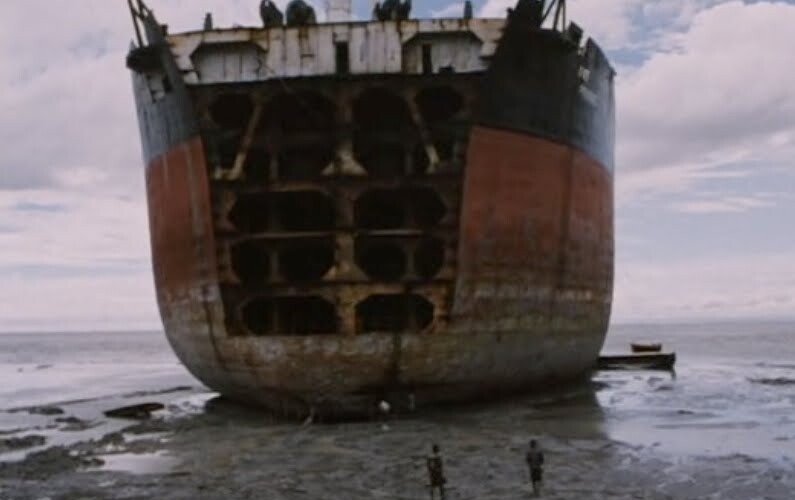We have experience hosting a range of audiences, from college classes to birthday parties to company outings, and we customize our tours to meet your group’s interests and needs.
Book a private tour today
The history and legacy of the Second World War can be seen all around us in Brooklyn. Once home to hundreds of factories, shipyards, and warehouses, and responsible for sending …
Read more
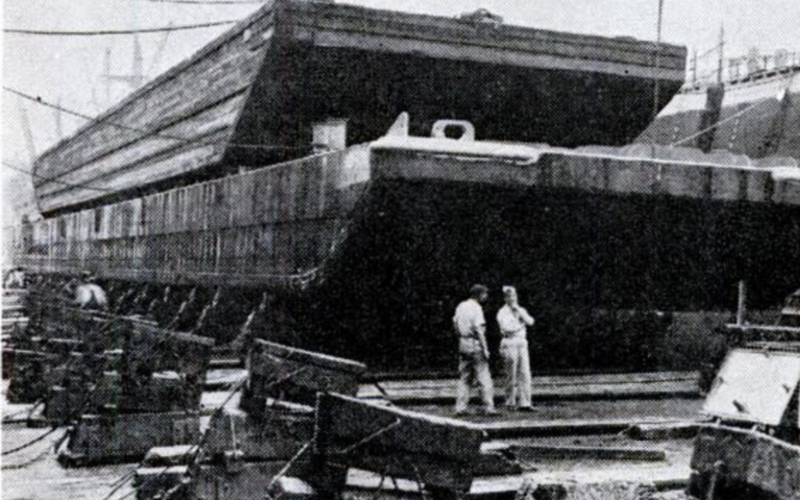
Celebrate Navy Day with a discussion of one of the least-known units of World War II, the Navy Armed Guard. Serving in the U-boat-infested waters of the Atlantic, these sailors …
Read more
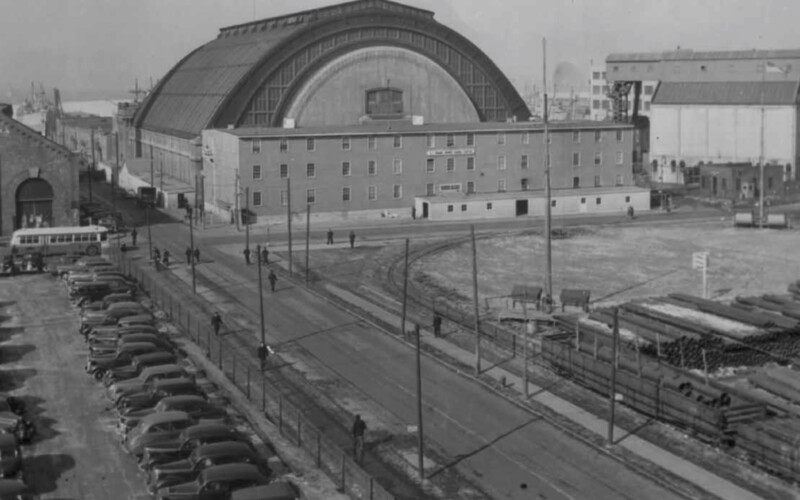
Concrete may seem like an odd material for shipbuilding, but during World War I, severe shortages of steel led to this innovation. Devised by Norwegian immigrants the Fougner brothers, they …
Read more
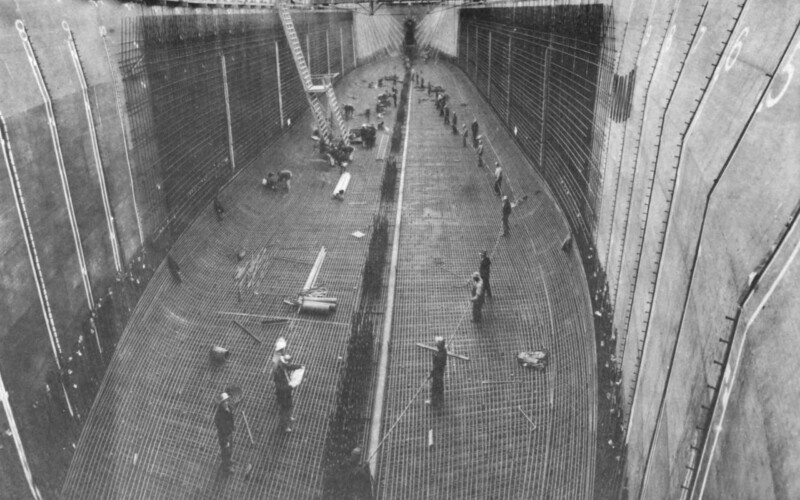
The fastest way to the beach is on the NYC Ferry, so join us for another virtual boat tour as we cruise the Lower New York Bay. We will pick up …
Read more
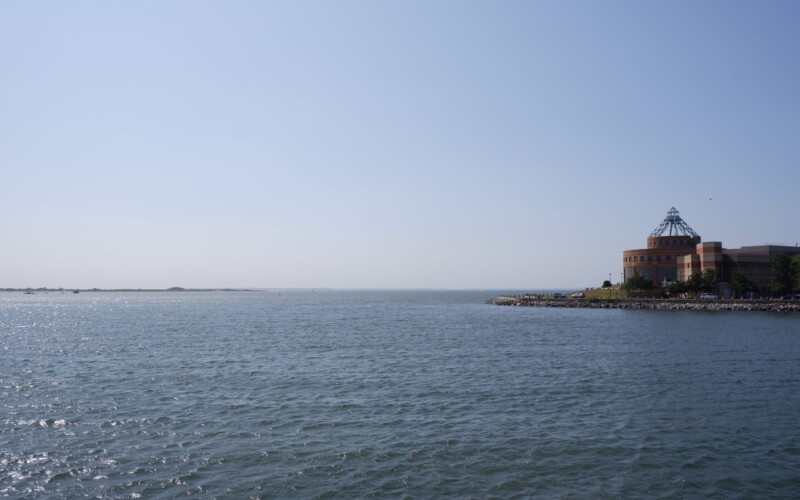
Over the past four centuries, the Battery at the tip of Manhattan has evolved, from a fortification to immigration station to park to National Monument. On this virtual walking tour, …
Read more
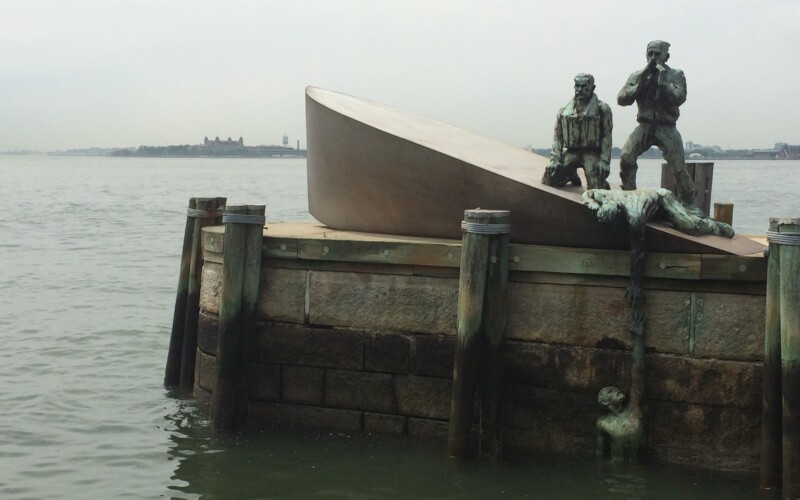
On June 9, 2018, Reinhard Hardegen, the last surviving German submarine commander of World War II, died at the age of 105. With his passing, he joins the ghosts of …
Read more
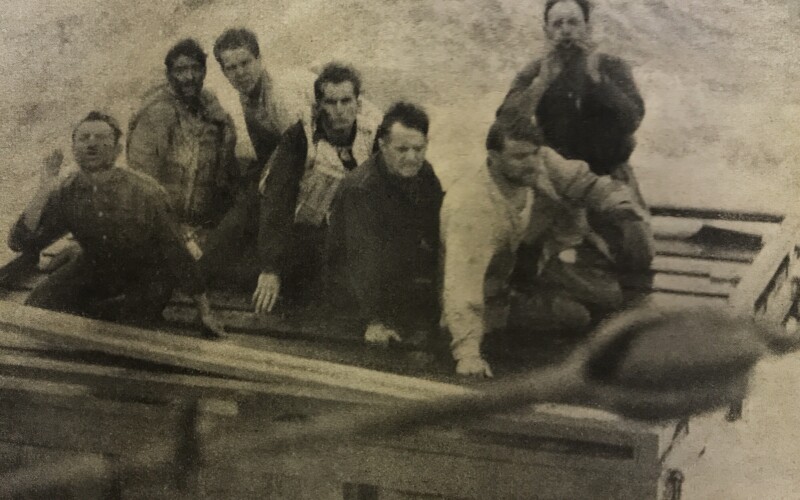
While developing our new tour about the World War II history of the Brooklyn Navy Yard, we encountered a fascinating – and largely untold – history of the oft-forgotten service …
Read more
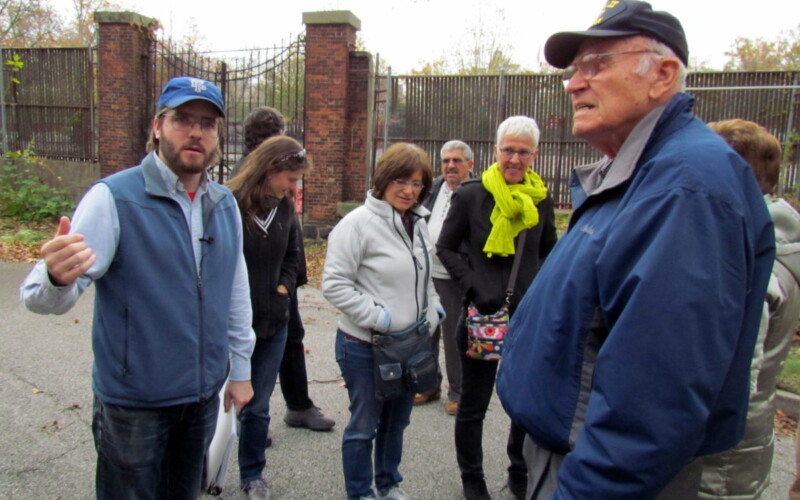
Last month UnionDocs, a collective of documentary filmmakers based in Williamsburg, opened their season, and their newly renovated screening space, with a showing of two films by Peter Hutton about …
Read more
